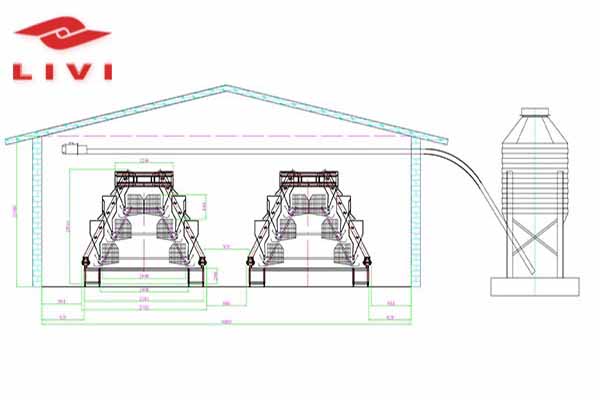Smart Sensors in Modern Poultry Farming: Revolutionizing Chicken Production
Introduction to Smart Sensors in Poultry Farming
Smart sensors have become integral in modern poultry farming, offering precise data collection and real-time monitoring capabilities that can significantly enhance farm efficiency and profitability. This article explores how smart sensors are reshaping the poultry industry.
Key Benefits of Smart Sensors in Poultry Farming
– Temperature Control: Maintaining the right temperature in chicken coops is crucial for the well-being of the flock. Smart sensors enable automatic adjustments to ensure optimal conditions.
– Humidity Monitoring: High humidity can lead to health issues for poultry. Smart sensors help monitor humidity levels and take immediate corrective actions.
– Water Quality: Clean water is essential for healthy birds. Sensors can track water quality, detecting harmful bacteria or pollutants.
– Lighting Management: Proper lighting is vital for egg production and growth. Smart sensors optimize lighting schedules based on natural day-lengths and bird behavior.
– Health Monitoring: Early detection of disease can save lives and prevent outbreaks. Sensors can monitor bird behavior and vital signs, alerting farmers to potential health problems.
Real-World Examples
– In a study by the National Chicken Council, farms using smart sensors experienced a 15% increase in egg production and a 10% decrease in feed costs.
– Another report from the Poultry Science Association revealed that the use of smart sensors can reduce antibiotic usage by up to 20%.
Implementation and Integration
The integration of smart sensors into poultry farming is straightforward. Here’s a simple process guide:
1. Sensor Placement: Position sensors strategically around the farm to capture accurate data.
2. Data Collection: Install a central system to collect and analyze sensor data.
3. Alert Systems: Set up alerts for abnormal conditions, such as extreme temperatures or water quality issues.
4. Adjustments: Make real-time adjustments based on sensor data to optimize farm operations.
Conclusion
Smart sensors have the potential to transform the poultry farming industry, providing a competitive edge to farms that adopt this technology. With the right setup and integration, these sensors can lead to significant improvements in efficiency, health, and profitability.





